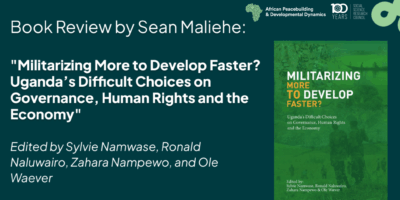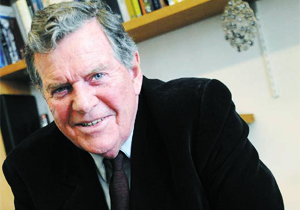Instead of separation of state and religion, Al drew on the history of established religions in Europe to advocate the “twin tolerations”: a form of mutual toleration between religion and state wherein religious leaders give elected leaders the autonomy to enact policies, and democratic leaders give religious leaders space to worship, participate in civil society, and to organize politically.
Latest posts
Informatic cosmologies and the anxieties of immanence
What is the relationship between immanence and endings? Between theories of immanence and cosmological or ontological anxieties? And between immanence and endless or non-entropic generation?
Secular, sacred, Yiddish, Jewish
In considering immanentism, it is difficult not to imagine it in religious terms. This is all the more so when addressing Jewish immanentism, secular Jewish feminism, and secular Yiddish culture. Yet a…
Is this all there is
by Courtney Bender and Nancy LeveneA special project of The Immanent Frame to mark its tenth anniversary. Co-curated by Courtney Bender and Nancy Levene.
After the “Muslim world”: Beyond strategic essentialism
 by
Cemil Aydın
by
Cemil Aydın
Only after freeing the concept of the ummah from the formation of narratives about modern geopolitics, can we perhaps re-read it in a decolonizing and emancipatory mode. This was exactly the set of concerns that initially inspired my study. Thus, if do not want to leave the baby, namely emancipatory Muslim political traditions, with the bathwater of imperial and Cold War geopolitics, we need go and find it a better, warmer tub in our decolonial critique that might not rely only on Muslim intellectual and spiritual traditions but on a shared human heritage. There have been successful examples of this path, in the tradition of Muslim feminism and in other forms of justice-oriented Muslim legal and theological reinterpretation of texts and traditions. Yet, those who try to rescue an emancipatory tradition of thought and faith cannot achieve this goal unless they destroy the geopolitical and racial myths about Muslim unity that were given canonical authenticity in the last two centuries.
The Idea of the Muslim World and the global politics of religion
The idea of the Muslim world enables narratives in which Islam “causes” people to do things.
















